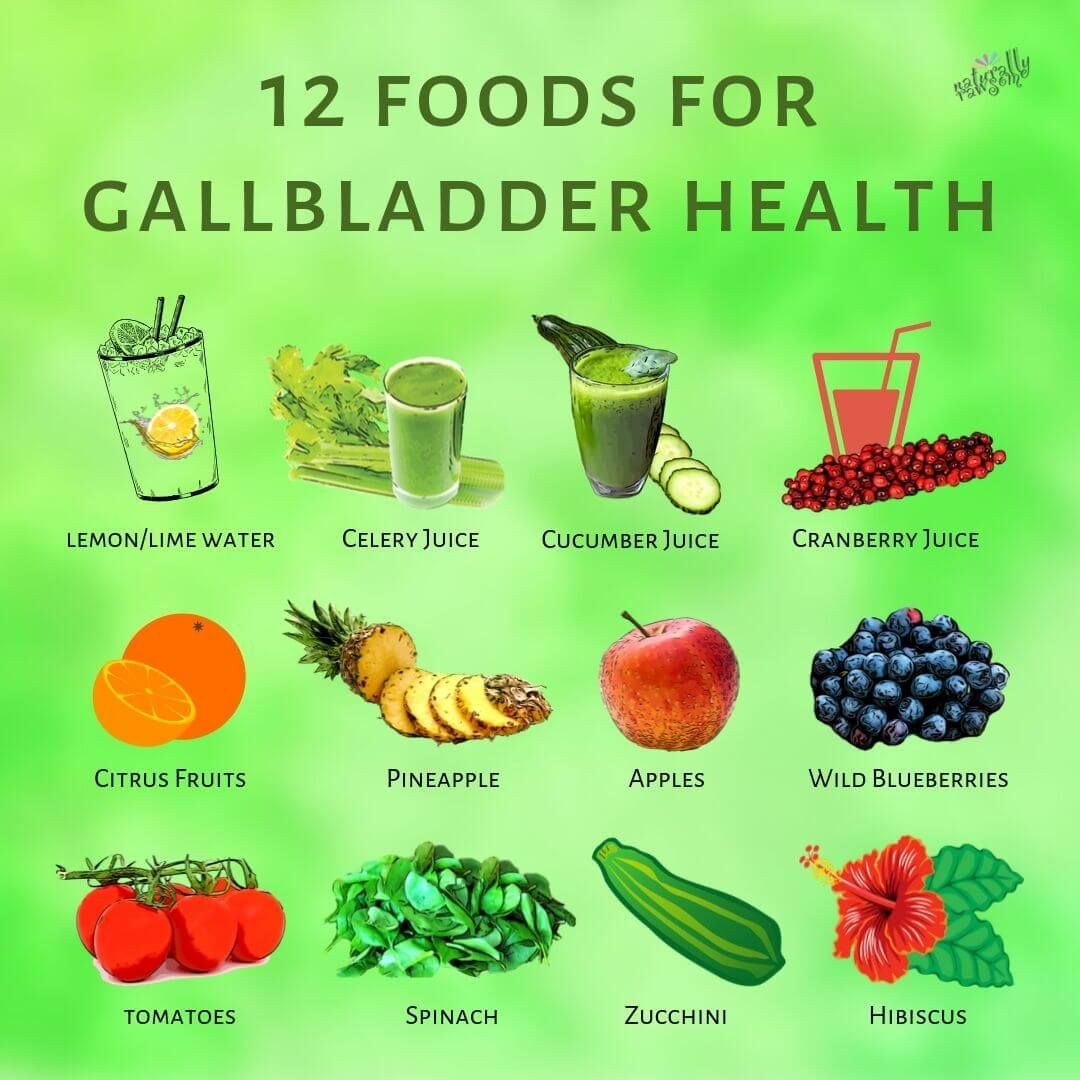
Contents
What Foods Should I Avoid With Cholecystitis?
Avoid high-fat foods with cholecystitis, including fried foods, canned fish, processed meats, full-fat dairy products, processed baked goods, fast food, and most packaged snack foods.
The gallbladder is a small sac attached to the duct that carries bile from the liver to the intestine. Bile helps break down fats, which are the hardest part of food for your body to digest.
The liver continually produces bile, and the gallbladder stores it until your body needs it. When you eat, the gallbladder squeezes, moving bile into the duct and down into the intestine. If something prevents the gallbladder from emptying, bile can build up and cause cholecystitis.
Types of cholecystitis
Cholecystitis is inflammation of the gallbladder.
Acute cholecystitis is sudden inflammation of the gallbladder. It can cause serious complications, so seek medical attention. Multiple attacks of acute cholecystitis can lead to chronic cholecystitis.
Chronic cholecystitis is milder, long-term inflammation of the gallbladder. Repeated attacks of acute cholecystitis can scar and shrink the gallbladder until it can no longer function.
Symptoms of cholecystitis
People with chronic cholecystitis may not notice symptoms, but it can damage gallbladder walls, leading to scarring and thickening. Eventually, this makes the gallbladder smaller and less able to store and release bile.
The main symptom of acute cholecystitis is steady pain in the upper right or upper middle abdomen. The pain can be sharp or dull and may spread to the right shoulder or back. Other symptoms may include:
- Nausea
- Vomiting
- Fever
- Loose, light-colored stools
- Jaundice
- Bloated belly
- Pain spreading to the back or below the right shoulder blade, worsening with deep breaths
- Strong, sudden pain in the upper right part of the belly
Causes of cholecystitis
Most cases of acute cholecystitis are due to gallstones. Gallstones form when bile material packs together into hard lumps in the gallbladder.
Some gallstones are small and pass out of the gallbladder unnoticed. However, gallstones can be as large as golf balls.
If a gallstone gets stuck in a bile duct, it can cause sudden symptoms like pain and vomiting. If the gallstone passes on its own and symptoms resolve within a few hours, it is called biliary colic. Acute cholecystitis lasts longer, typically 2 to 3 days.
Occasionally, cholecystitis can be caused by other problems that prevent proper emptying of the gallbladder, such as infection, diabetes, or rapid weight loss.
Who can get cholecystitis?
Risk factors for cholecystitis include being female, pregnant, taking birth control or hormone therapy, over the age of 60, obese, or regularly consuming high-fat foods.
Treatments for cholecystitis
The only known cure for chronic cholecystitis is removal of the gallbladder. If surgery is too risky due to another medical condition, there are other treatments available to remove or dissolve gallstones. However, gallstones are likely to return, so surgery is recommended when possible.
Treatment for acute cholecystitis
If you have acute cholecystitis, seek medical treatment. You may be asked to refrain from eating or drinking until symptoms decrease. Intravenous fluids and medications will be administered, including antibiotics for infection and pain and nausea relief.
You may require gallbladder removal surgery while in the hospital or be sent home to recover first. Discharge criteria include pain control, absence of infection signs, and ability to eat and drink.
Recovery at home
After hospital discharge, you will likely receive prescriptions for oral antibiotics and pain medication. Your doctor may recommend a low-fat diet until your gallbladder can be removed.
Fatty foods can trigger gallbladder contractions, reinitiating symptoms. A high-fat diet can also raise the risk of developing more gallstones.
To minimize symptoms, consider eating smaller meals throughout the day. Consult your doctor before making significant diet changes. The following lists can help plan low-fat, high-fiber menus.
Foods to avoid:
- Fried foods
- Fish canned in oil
- Sausage, bacon, pepperoni, and salami
- Full-fat milk, cheese, yogurt, sour cream, and ice cream
- Cream-based soups and sauces
- Butter, margarine, mayonnaise, and bottled salad dressing (limit to 2-3 T per day)
- Baked goods bought from stores or restaurants (donuts, croissants, scones, biscuits, waffles, muffins, cakes, pies, cookies, and dessert breads)
- Most fast food
- Most packaged snack foods, including granola bars, chips, crackers, and chocolate
Healthier options include:
- Baking, grilling, roasting, and broiling
- Fresh fish, frozen fish, fish canned in water, crab, shrimp
- Lean meats and poultry (remove fat and skin)
- Raw nuts and seeds
- Low-fat milk, cheese, yogurt, and sour cream
- Broth-based soups
- Fat-free sauces (pasta, hot, barbeque, soy, teriyaki, cocktail, etc.)
- Ketchup, mustards, and vinegars
- Olive and sesame oils, lemon juice, herbs, and spices
- Whole grain breads, cereals, crackers, tortillas, and pastas
- Brown rice, quinoa, oats, grits, and baked potatoes
- Fresh, frozen, dried, or canned fruits in their own juice
- Fresh, frozen, and canned vegetables
- Beans, peas, and lentils
Risks and outlook for cholecystitis
Gallbladder removal is a common surgery in the United States, with most people recovering in about a week.
After surgery, your body can still digest fat. Bile production continues, but it drains directly into the intestine instead of being stored in the gallbladder.
Possible complications
Leaving cholecystitis untreated can lead to serious complications, including infection and pus buildup in the gallbladder, gangrene (tissue death) in the gallbladder, and pancreatitis (inflammation of the pancreas).
When to seek medical help
If you experience severe abdominal pain, fever and chills, or jaundice, seek medical treatment as soon as possible.


